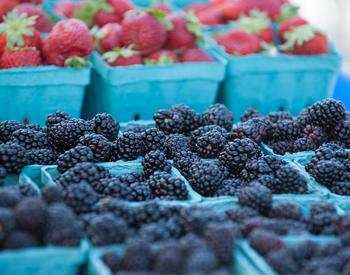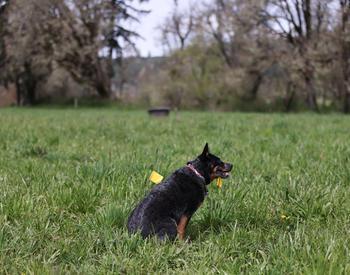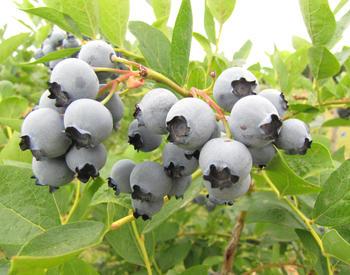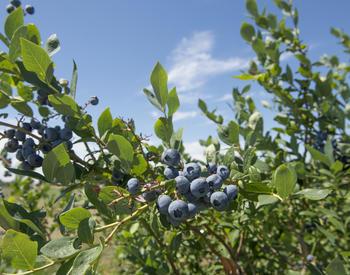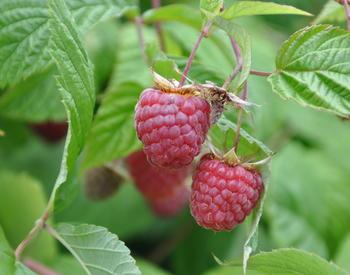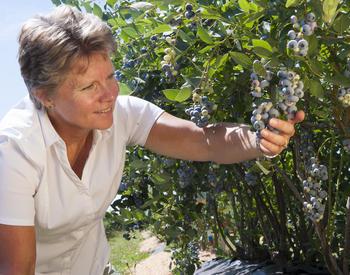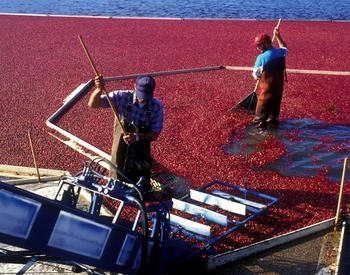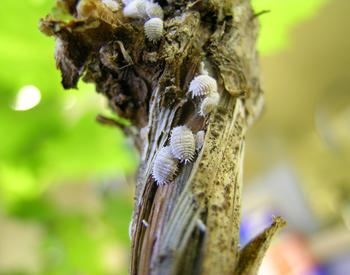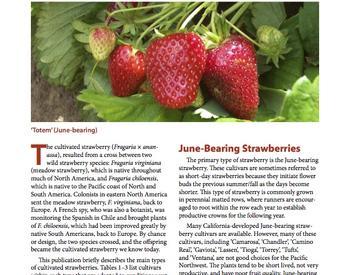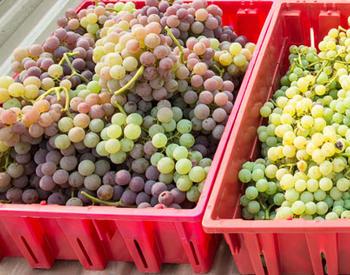Transcript
Good Agricultural Practices for Food Safety Training. Video 4 of 5: Cleaning and sanitation of harvest containers.
In this video, we will call the objects in which fresh fruits are placed during harvest “containers.” This includes bins, crates, buckets, and trays. The fruits that you pick touch the harvest container. Only use clean and sanitized containers. Most farms in Oregon receive harvest containers from packing houses. You must inspect the harvest containers before use. If you find debris, loose parts, cracks, or holes in the containers, don’t use them. Tell your supervisor if you find a damaged or dirty container so they can report it to the packing house. Even if the container doesn't look dirty, there could be pathogens growing on it that you cannot see. Remember, pathogens are harmful microbes and can cause disease.
Because of this, some farms that store harvest containers overnight will sanitize one more time before harvest. This could be an extra step that can reduce the risk of any possible overnight contamination. If the harvest containers are cleaned at your farm and not at the packing house, begin by cleaning out any debris and trash. Then wet the container and apply soap or detergent. Scrub the container and then rinse thoroughly. Also, sanitize if it is possible, following the directions on the product label. Allow the containers to dry before you begin picking.
During the day, keep your containers away from roads where dust or splashed mud can contaminate them. Soil can carry harmful pathogens like bacteria and viruses that can easily be blown into the containers. At the end of the day, harvest containers must be cleaned and stored correctly to prevent contamination. Both during and after harvest, never place clean harvest containers directly on the ground or in contact with soil. Your farm might have special trays or containers that are used to keep your harvest bins off the ground. These also need to be cleaned and sanitized! Alternately, some farms might have another type of barrier, such as wooden pallets that will help to store containers off the ground. Remember to use them so that you minimize the risk of contamination. In fact, it can take as little as 12 hours for mice to make a nest in harvest containers if the containers are left uncovered and exposed outdoors overnight.
These videos are only intended to promote good hygiene practices on a farm to reduce the risk of contamination of fresh agricultural products.
Este video se enfoca en los contenedores de cosecha y las mejores prácticas para evitar contaminar los productos agrícolas frescos. Se destaca el monitoreo, el almacenamiento, la limpieza y la desinfección de los contenedores de cosecha.
